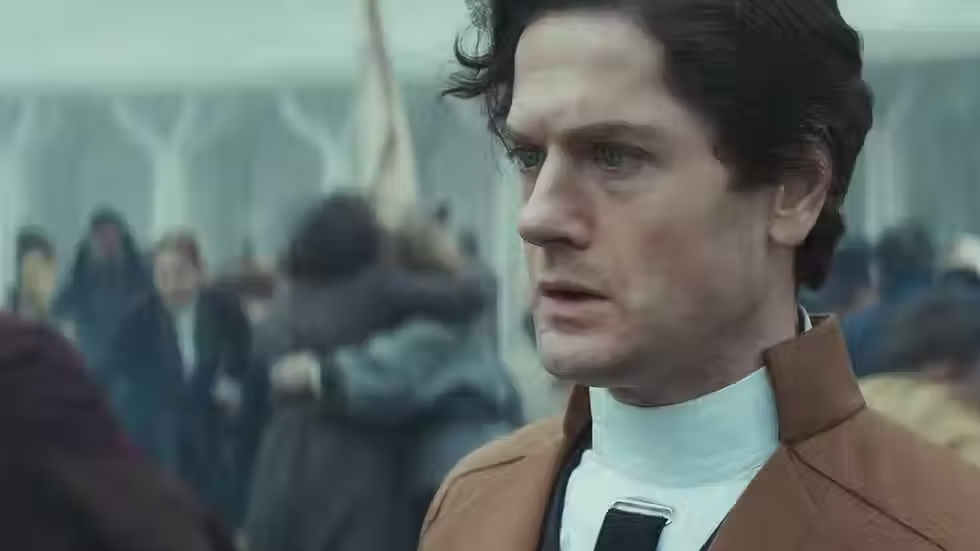The Problem with Preaching
- ogradyfilm
- Dec 26, 2018
- 3 min read
One of the reasons I love Scorsese is that his films so gracefully express his faith without ever preaching at the viewer. This is what makes him a religious filmmaker, rather than a maker of religious films. The belief is present, but it doesn’t overshadow the story, doesn’t advocate a set of absolute moral values.
This quality is also what separates Charlie Chaplin’s classic films from those that are merely very good. Many critics consider Chaplin’s work a bit didactic, citing the obvious agenda of Modern Times or the direct audience address in The Great Dictator (I think this is why so many cinephiles prefer Buster Keaton). While I do enjoy the comedic bits of these movies immensely (especially the Tramp’s gibberish song-and-dance routine in Modern Times), I will admit that Chaplin sometimes let his message swallow up his narrative.

In City Lights, though, Chaplin never loses sight of his primary objective as a storyteller: to entertain. He has a definite message, but instead of shouting it at the audience, he conveys it organically through dramatic and comedic situations—in other words, he aims for the heart instead of the head, thereby allowing viewers to discover the meaning for themselves. In my humble opinion, this makes City Lights his greatest artistic achievement.
Chaplin presents two narrative threads. In the first, romance blossoms between Chaplin’s Little Tramp (always the same, always a little different) and a blind girl who sells flowers on a street corner. The girl, of course, only falls in love with her distorted idea of the Tramp: hearing the door of an expensive car slam as he approaches, she mistakes him for a wealthy businessman—a misconception he’s more than happy to encourage. Other people—particularly the police—take one look at the Tramp’s tattered clothes and dismiss him without a second thought. In the blind girl, he finally finds a companion who accepts and respects him—and he makes great personal sacrifices to ensure her happiness. The second, more comical plot begins when the Tramp prevents an alcoholic millionaire from committing suicide. The two become fast friends and drinking buddies—at least until the millionaire sobers up and forgets his drunken exploits.

The major thematic concern of both plots is breaking down the economic barriers that stand between these characters. “Rich” and “poor,” Chaplin argues, are just a matter of perception; we should judge a man not by the clothes on his back or the amount of money in his pocket, but by the quality of his character. The blind girl, unaware of the Tramp’s social class, falls in love with his kindness and compassion. In the end, after regaining her eyesight (thanks to the Tramp’s selfless actions), she sees her wealthy benefactor for the first time. Naturally, she has no way of recognizing him—not with his dirty jacket, his awkward gait. Taking pity on the penniless man, she decides to give him a free flower. Their hands brush. Her eyes suddenly light up, glistening with tears—she knows that touch.
“Can you see now?” the Tramp stammers.
“Yes,” she replies, smiling, “I can see now.” And it hardly matters that he doesn’t have a fancy car or a nice home; she’s found the man who fixed her eyes. Love conquers all, including social preconceptions.

Even if you recognize the intended message, you’re too busy drying your eyes to care.
[Originally written January 25, 2012.]





Comments